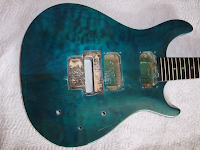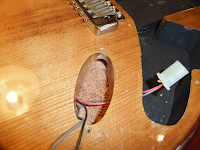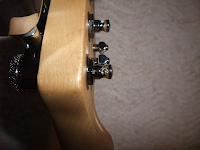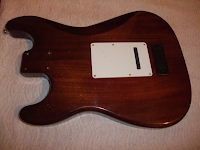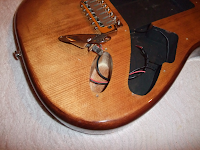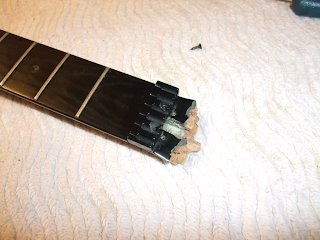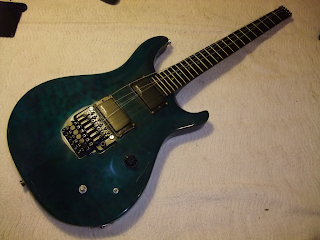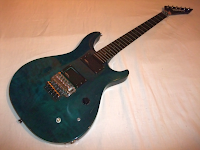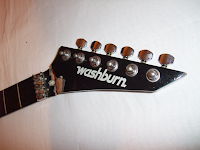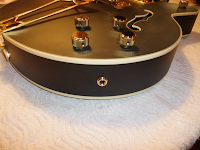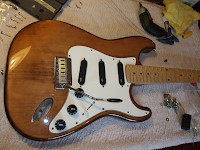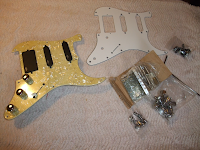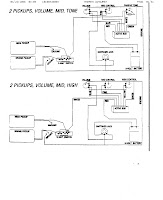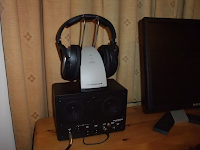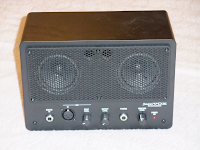



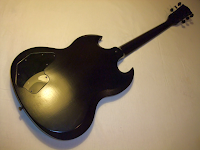 "So black your eyes kind of slide off it."
"So black your eyes kind of slide off it."
Proof that marketing works. I was reading a recent copy of Guitarist where they reviewed the new Gibson Anniversary 24 and I think the previous month I saw a review of the SG Gothic Morte. This had served to remind me that I have fancied an SG for a while. eBay is awash with cheap SG Specials so it wasn't likely to be long before I had another guitar related walletbusting accident.
Thing is having looked a fair bit I'm not keen on the finish options you get. The overwhelming majority for sale are the 'worn' and 'faded' ones which are generally insipid colours and the 'worn' ones have a nasty faux relic thing going on. Who wants a guitar where the best description the manufacture can come up with for it is 'worn brown'. I had an Austin Maestro the same colour and that was most definitely not rock and roll.
This isn't just internet speculation from peering at a screen, I've been looking at SGs in the flesh and while I normally like satin finish guitars I really don't like the 'worn' and 'faded' ones.
You do get SG specials with a gloss finish in strong colours but they're less common and quite a bit more pricey. You'd have to get it in cherry red and then you'd always be disappointed it wasn't an SG standard. Even if there isn't perhaps as much difference between the two as with other models.
Which is all a bit of an 'arms race' that leads to me wanting a pretty expensive guitar instead of one of the cheap Specials kicking around.
Oh and then there are lots of fakes around.
So with a bit of a rethink I started looking for one of these. Not made for very long, the 'Gothic' models were a satin black take on the Special. Gibson did a Les Paul, Flying V and Explorer in addition to the SG and there are also equivalent Epiphones.
It's a Special in a decent solid colour and as a plus point they upgraded to an ebony fretboard, i.e. pretty much what I'm looking for. I'm pretty sure the fretboard radius was increased to a widdle friendly 14"+ too.
They did two generations of the Gothic SG, the first had a single 'moon and star' inlay at the 12th fret which is pretty nice but this second generation one has no fret markers at all. I love this. It's also missing the bizarre 'Gothic photo' of a bearded guy on the back of the headstock the first ones came with.
Then there are the EMGs.
The 1st gen. 'Gothic' came with uncovered versions of Gibson's workhorse 490R/T pickups. This came with the thrashmetaltastic EMG 81/85 combo. The 490s would have been fine, I have no idea why Gibson did this, maybe they should have named it the 'Metal SG' not the 'Gothic SG II'.
Regardless, it ticks a lot of my boxes. EMGs aren't for everybody and certainly have a reputation for making everything sound the same but I quite like them. Do you take cash?

